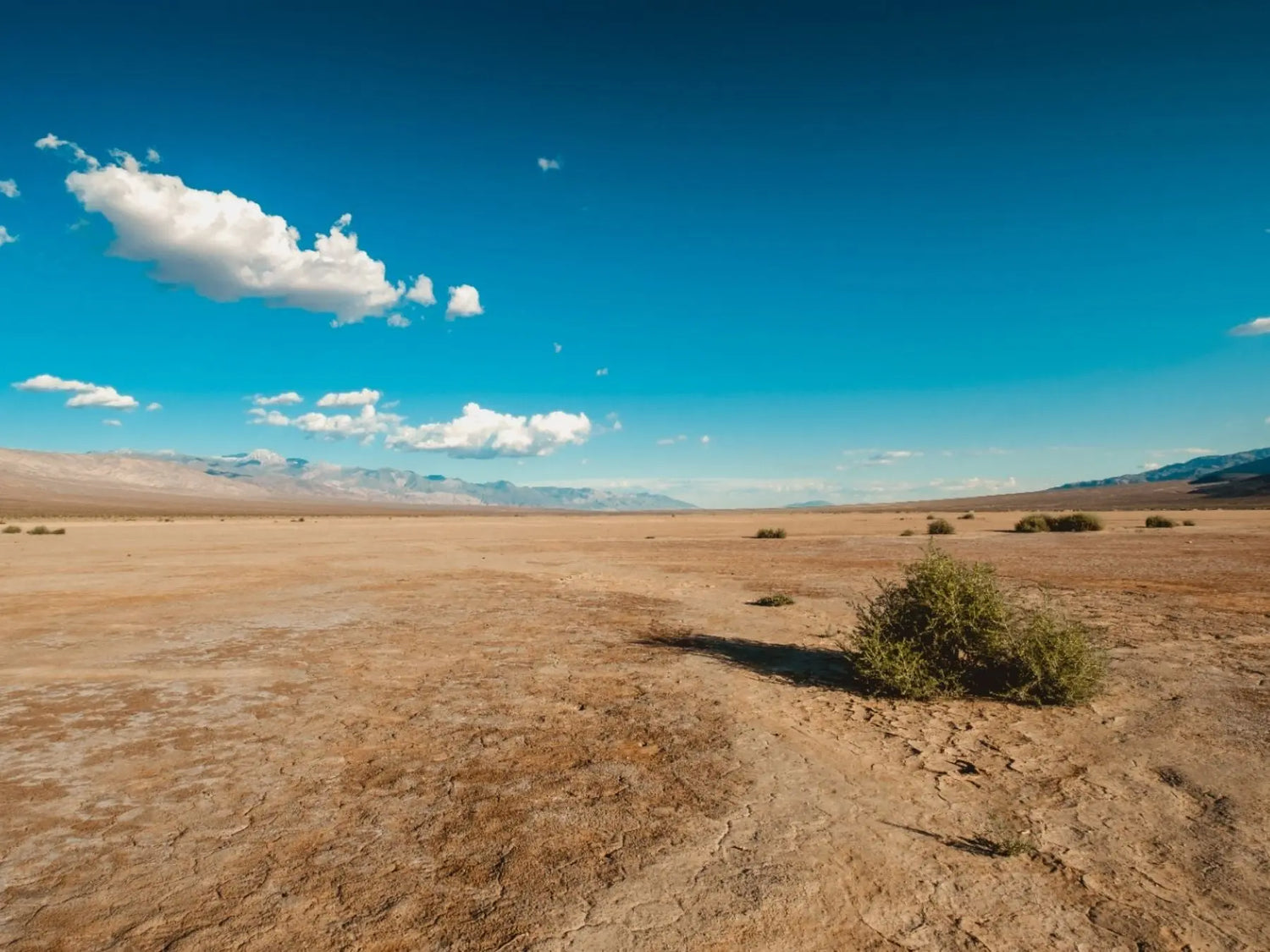Climate change and air pollution are two critical, intertwined environmental problems that have garnered significant attention in recent years. Each issue impacts the other in a complex, interconnected cycle that exacerbates the severity of both. This article delves into the intricate interplay between these two environmental concerns, shedding light on how they affect one another and the potential implications for human health and the environment.
Understanding Air Pollution and Its Sources
Air pollution refers to the presence of harmful substances in the atmosphere. These pollutants can be produced naturally, such as through forest fires, volcanic eruptions, and dust storms. However, a significant portion of air pollution results from human activities, including the burning of fossil fuels, industrial processes, and agricultural practices.
Among the many pollutants emitted into the atmosphere, two are particularly noteworthy due to their contribution to climate change: soot carbon (also known as black carbon) and carbon dioxide (CO2). These two compounds not only have critical impacts on air quality but also contribute significantly to the greenhouse effect, thus playing a crucial role in global warming.
Black Carbon: The Second Most Potent Climate Pollutant
Black carbon, a component of fine particulate matter (PM2.5), is produced from various sources, including diesel engines, coal and wood burning, power plants, and agricultural waste burning. It contributes to global warming by absorbing light radiation due to its black color, thus warming the atmosphere.
Interestingly, while black carbon has a relatively short lifetime in the atmosphere—ranging from a few days to a few weeks—it has been identified as the second most potent climate pollutant after CO2. This is because, for the same emission, black carbon causes a heat peak over a short time, while CO2 permanently warms the atmosphere.
CO2: The Leading Greenhouse Gas
CO2, on the other hand, is a long-lived greenhouse gas with a lifetime of about 100 years in the atmosphere. While it is naturally emitted through processes like volcanic eruptions, plant, animal, and human respiration, the majority of CO2 emissions today come from anthropogenic sources. Specifically, 70 to 90% of CO2 emissions since 1990 have been generated from the combustion of fossil fuels.
Despite its natural presence in the atmosphere, elevated levels of CO2, primarily due to human activities, have been steadily increasing for millions of years. This sharp increase has serious environmental and health implications, as CO2 can become an air pollutant when its concentration increases significantly.
The Impact of Air Pollution on Climate
Air pollution, particularly in the form of black carbon and CO2, directly impacts the climate. These pollutants contribute to the greenhouse effect, a warming phenomenon caused by certain gases trapping heat in the atmosphere, leading to global warming and, consequently, climate change.
However, the relationship between air pollution and climate is not a one-way street. Changes in the climate can also affect air pollution levels, leading to a complex, reciprocal relationship. This is evidenced in several examples showing how climate change exacerbates air pollution and vice versa.
Increased Desertification and Wildfires
For instance, global warming intensifies desertification, leading to an increase in the presence of sand particles in the air. Similarly, it can cause more wildfires, which further increase air pollution.
Urbanization and Pollution
Climate change also drives rural exodus and urbanization, leading to higher pollution levels. Furthermore, fine particles from combustion engines can cover ice and snow in polar regions, darkening them slightly. This reduces the reflection of solar radiation into space, contributing to global warming.
Changes in Plant Growth and Pollen Production
Slightly warmer temperatures can encourage faster plant growth in sub-Arctic regions. When these plants grow in snow, they create a shadow that darkens the earth's surface, leading to further warming. Moreover, climate change can cause the pollen season to become earlier and longer, and air pollution can make pollen more aggressive, increasing sensitivity to allergens.
The Health Impacts of Air Pollution and Climate Change
The interplay between air pollution and climate change has severe implications for human health, primarily through heat stress and exposure to worsened air pollution.
Impact of Heat Stress
Heat stress occurs when the body cannot cool down effectively, leading to heat-related illnesses and even death. As global temperatures rise due to climate change, the incidence of heat stress is likely to increase, posing a significant health risk.
Exposure to Air Pollution
In addition to heat stress, exposure to air pollution can lead to a range of health problems, including respiratory diseases, cardiovascular conditions, and premature death. Both black carbon and CO2, when present in high concentrations, can harm human health directly. CO2, in particular, can become an air pollutant in the strict sense of the term when its concentration increases sharply.
The Role of Adaptation in Climate Change and Air Pollution
Adaptation to warmer temperatures through the use of air conditioning is a common response that can inadvertently exacerbate the problems of climate change and air pollution. As air conditioning use increases to cool buildings, the demand for electricity rises. This increased electricity demand is often met by burning more fossil fuels, thus releasing more greenhouse gases and air pollutants into the atmosphere.
This increase in greenhouse gas emissions from increased air conditioning use constitutes a positive climate feedback. In other words, a process that amplifies the effects of climate change. As such, this adaptive behavior contributes to the worsening of both air pollution and climate change, highlighting the intricate interconnections between these two issues.
Addressing the Challenges: The Need for Sustainable Solutions
Given the complex relationship between air pollution and climate change, addressing these issues requires integrated and sustainable solutions. These may include:
-
Transitioning to renewable energy sources: By shifting from fossil fuels to renewable sources of energy, we can significantly reduce greenhouse gas emissions and air pollution.
-
Improving energy efficiency: By using energy more efficiently, we can decrease our energy consumption and thus reduce emissions.
-
Promoting energy conservation: By adopting energy-saving behaviors, we can further decrease our energy consumption and associated emissions.
-
Adopting clean technology: By using technologies that produce less pollution, we can mitigate the impacts of both climate change and air pollution.
-
Implementing sound environmental policies: By enacting and enforcing strong environmental regulations, we can ensure that businesses and individuals take necessary actions to reduce pollution and greenhouse gas emissions.
In conclusion, it is evident that climate change and air pollution are deeply intertwined issues, each exacerbating the effects of the other. Addressing these twin challenges requires a comprehensive and integrated approach that considers the complex interplay between these issues. By adopting sustainable solutions, we can reduce both air pollution and greenhouse gas emissions, thereby mitigating the impacts of climate change and improving air quality for the benefit of human health and the environment.










